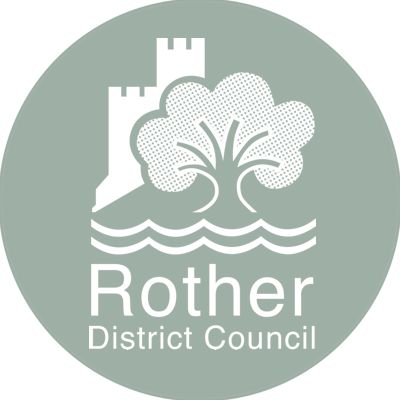Agenda item
Treasury Management Update
Minutes:
Cabinet had approved the Council’s 2020/21 Investment Strategy on 10 February 2020; this required regular reports to be presented to the Audit and Standards Committee on the Council’s treasury management activities. Investment activity was also reported to Members through the monthly Members’ Bulletin. The report had been prepared in compliance with the Chartered Institute of Public Finance and Accountancy’s (CIPFA) Code of Practice on Treasury Management.
The report provided an update on a number of areas as follows:
· The Council continued to hold investments in call accounts with major financial UK institutions and also held investments totalling £8m in Property Funds (PF).
· The Council held £41.272m of treasury investments as at 31 December 2020. There was £11.869m of borrowing and the Capital Financing Requirement (CFR) was estimated to be £22.944m by 31 March 2021.
· The total income from investments was forecast at £340,000 which was £38,000 higher than the previous forecast. The largest investment returns were from property funds averaging between 3.86% and 4.20%. Market values had been adversely impacted by the COVID-19 pandemic however current values identified a modest recovery of £75,236 since the Quarter 2 report; the future overall economic situation remained uncertain.
· As at 31 December 2020, the Council held £33.3m in its General Account (GA) which included Government funding for individuals and businesses in response to the pandemic; it was anticipated that any unspent funding would have to be returned. GA funds would also need to be kept available for other large payments such as Council Tax and Business Rates payments. In December 2020, £10m of £33.3m had been transferred to other counter parties in various interest yielding call-accounts with interest rates ranging from between 0.05 to 0.12% (small investment return, reduced the risk of holding all money with one organisation).
· In 2020/21, the Capital Programme included new borrowing of £7.316m.
· As at 31 December 2020, the Council had borrowed £11,869,117.
· Due to the increase in forecast interest income and grants received, net financing costs as a proportion of the net revenue stream had reduced from 3.57% to 0.84%.
· The Council continued to maintain an under-borrowed position, which meant the CFR was not fully funded by loan debt but managed by using reserves and balances. As returns remained low, this was a prudent strategy that also minimised the counterparty risk associated with placing investments.
· The Council had not made any further property purchases within the reported period, however negotiations were continuing with several parties and acquisitions were anticipated over the next few months. The budget for rental income from all investment properties was £1,919,840; the latest estimated outturn for 2020/21 was £1,794,840 a shortfall of £125,000. This equated to a 6.49% gross return and after allowing for borrowing costs the expected return on the Council’s Property Investment Strategy (PIS) properties was 2.70%. Retaining and investing in property, in the long-term would generate income to support the Council’s financial position and strengthen regeneration of the district.
· Success of the vaccination roll-out programme had buoyed the markets and economic forecasts were now more optimistic. The Government had announced further support packages including extending business rate relief and stamp duty to June 2021 and the furlough scheme to September 2021. The UK’s first Infrastructure Bank would also be established to support regional economic growth. Income tax thresholds would be frozen until April 2026 and Bank of England base rate remained unchanged at 0.10%.
The investment activity conformed to the approved strategy, and the Council had no liquidity difficulties.The investment environment for treasury activities remained difficult with absolute returns continuing to be very low. The diversification into PFs had increased the overall return but did come with a greater degree of capital risk than other investments and was less liquid. The Council’s PIS was expected to generate net returns of 2.7% however the risks associated with the long-term commitment to repay borrowing and the operational management of properties would remain.
RESOLVED: That the report be noted.
Supporting documents:
